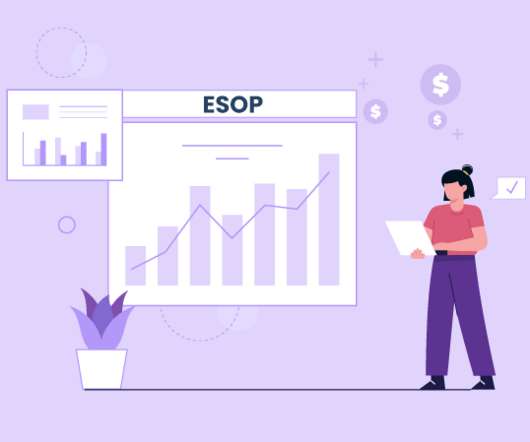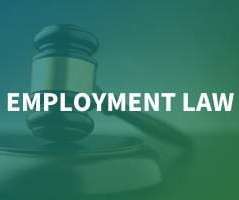What Is a Qualified Retirement Plan?
HR Lineup
MARCH 13, 2022
In a defined benefit plan, an employer pays a predetermined amount at either termination of employment or retirement. The employer breaks the sum into annual payments, which they deposit as savings to provide the benefits prescribed by the program’s terms. Hybrid plan. 403(b) plans. Target benefit plans.












Let's personalize your content